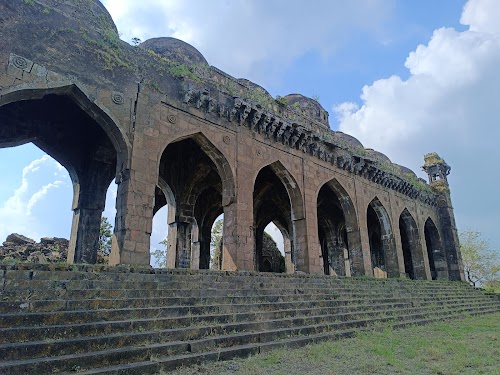
Gavilgad Fort
Chikhaldara, India
- Enjoy panoramic views of the landscape
- Explore the fort's ramparts and gates
- Learn about the fort's history
- Photography of fort and surrounding nature
- Trekking around the fort area.
Known for:
Description:
Gavilgad Fort, also known as Gawilghur, stands as a testament to the rich history and strategic importance of the Chikhaldara region. Perched atop the rugged hills, this fort offers breathtaking panoramic views of the surrounding landscape, including deep valleys and lush forests. The fort's architecture showcases a blend of Indian and Islamic styles, reflecting the various rulers who controlled it over the centuries. Exploring its ramparts, gates, and water reservoirs provides a fascinating glimpse into the past. The fort's strategic location made it a crucial defensive structure, and its well-preserved ruins allow visitors to imagine its former glory. A visit to Gavilgad Fort is a journey through time, offering a unique perspective on the region's cultural and military heritage. The serene atmosphere and stunning scenery make it a must-visit destination for history buffs and nature lovers alike.
History:
Gavilgad Fort's history spans several centuries, with its origins possibly dating back to the Gond rulers. It gained prominence under the control of the Mughal Empire and later came under the rule of the Marathas. The fort played a significant role in the Anglo-Maratha Wars, particularly during the Second Anglo-Maratha War in 1803, when it was captured by the British forces under the command of Arthur Wellesley, later the Duke of Wellington. The British recognized the fort's strategic importance and invested in its maintenance and fortification. Over the years, Gavilgad Fort witnessed numerous battles and power struggles, leaving behind a rich legacy of courage and resilience. Today, the fort stands as a reminder of the region's turbulent past, offering visitors a chance to connect with its historical roots.